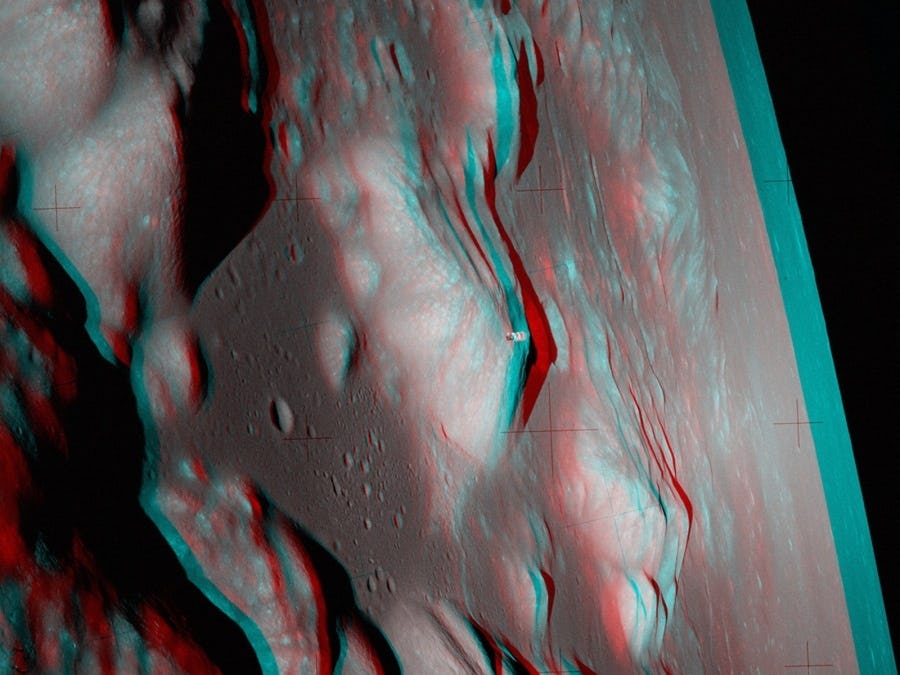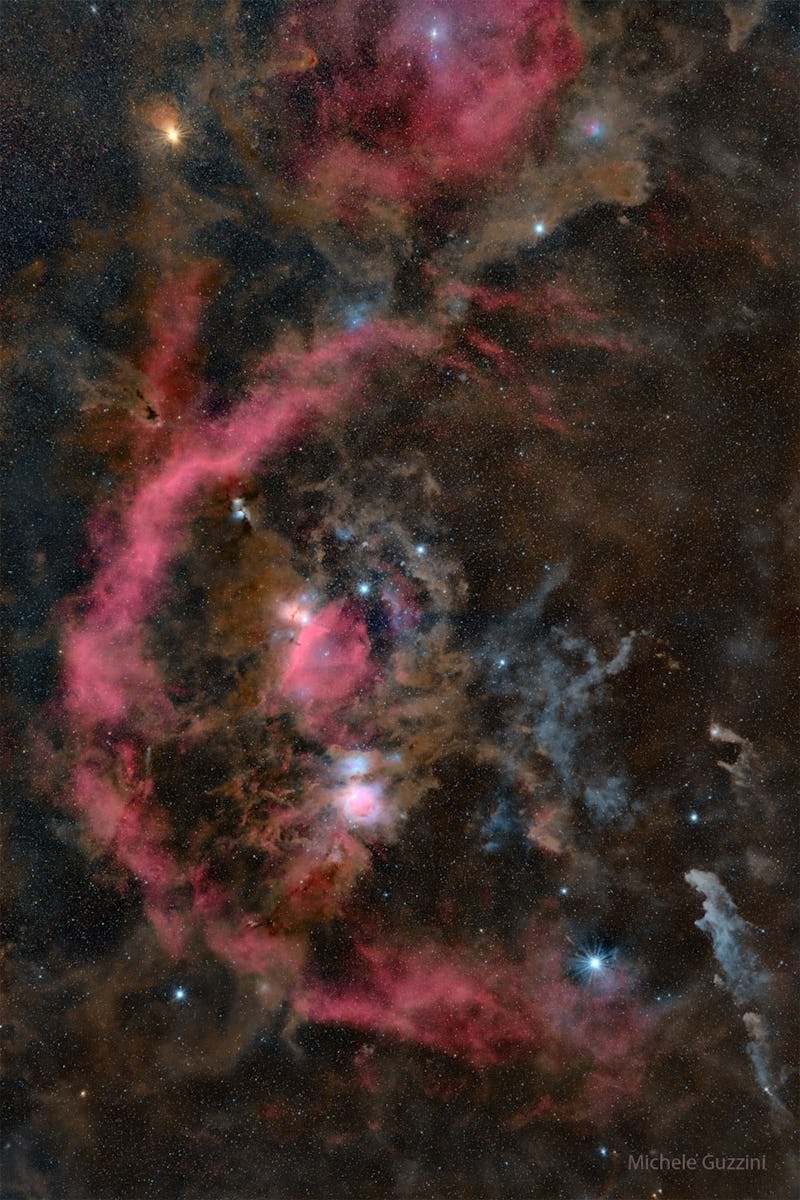I was lucky,
when I saw,
a bird's beak,
shaped like a saw.
Its beak looked like,
a rusty rip saw.
It was fun to watch,
when he moved his jaw,
wood sawdust would fall,
and a well-cut board,
clean as could be. It was,
hard to believe, all aboard.








.jpg?fit=crop&w=280&h=280&q=93)









.jpg?fit=crop&w=200&h=200&crop=faces)






 - Copy.jpg?fit=crop&w=280&h=280&q=93)














